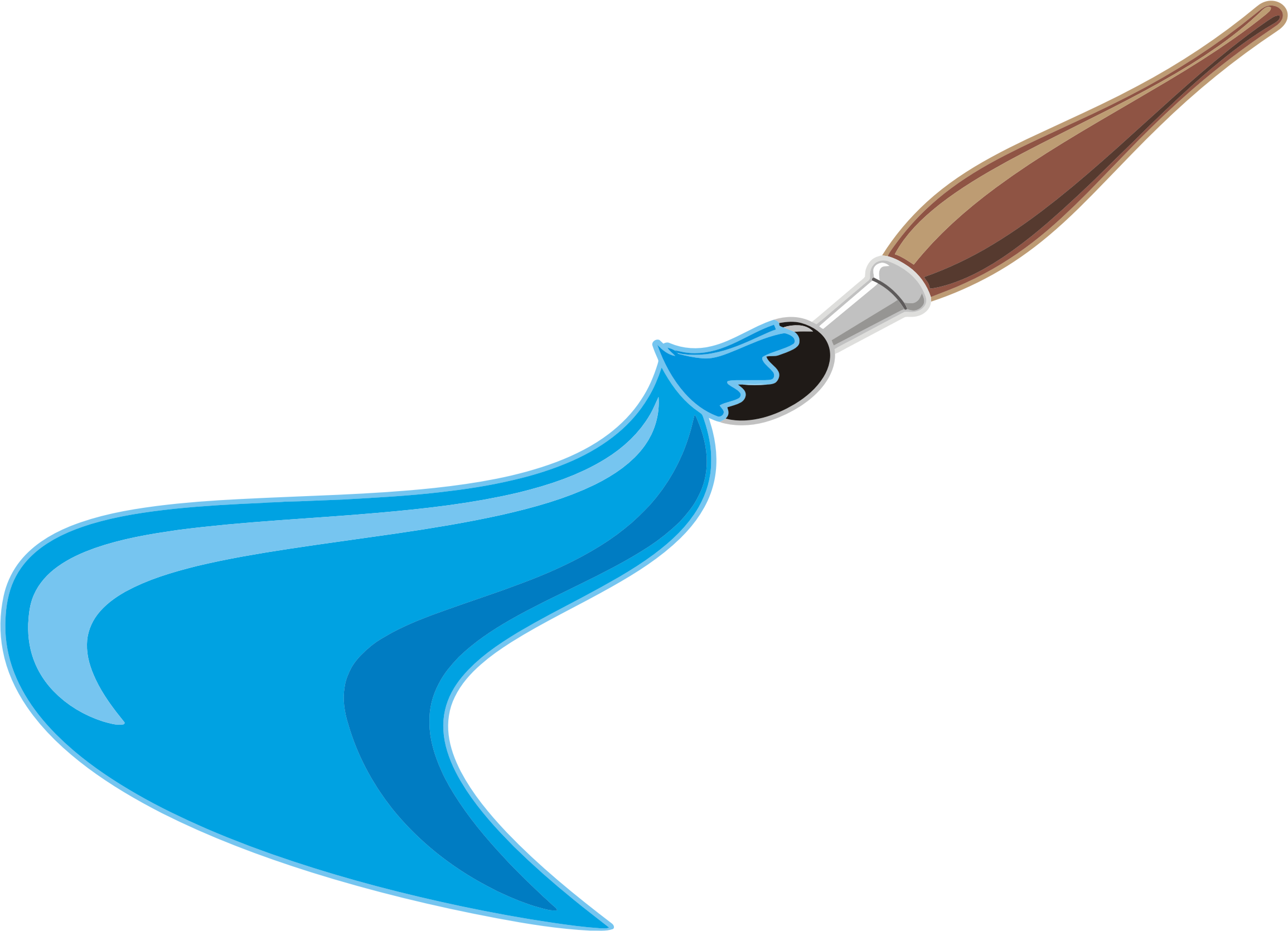

Turned on its side, it can produce a thin line or, when swivelled in mid stroke, gives a tapered line. The main brush stroke produced is broad but with a soft, subtle top line allowing marks to instantly blend with previously laid down marks. However, based on shape, I think a more fitting title should have been ‘tombstone’. The filbert gets its name from its supposed resemblance to the nut of the filbert tree – a type of hazlenut – which in turn gets its name from Saint Philibert on whose feast day the ripening of the nut coincides. It is probably the most versatile of the brush shapes and a staple of oil and acrylic painting.

When choosing a flat, look at the brush head and compare the width of the brush to the length of hair to enable you to judge whether the range suits your style of painting.Ī Filbert is a flat brush with the hair rounded into an oval at the tip. One is that there are no standard brush sizes so one manufacturer’s long flat may be very similar to another’s short flat and the other is that the ‘Short’ and ‘Long’ title in no way refers to the length of the handle – it just describes the brush head. There are two things to note about flats. The bright, with its shorter hair, is more suited to ‘dabbing’ marks such as used by the Impressionists, offers more control for detail and can withstand being ‘scrubbed’ into the surface. The long flat carries more paint and, because of the longer hair, has flexibility for more flourished marks. There are two-types of flat brush – a long flat with quite long hair protruding from the ferrule and a short flat, otherwise known as a bright, which has shorter hair. Flat brushesĪ Flat Brush has a row of hair clamped flat in the ferrule and trimmed square across the top edge to create a rectangular brush head. Water-carrying properties of a Sable BrushĪlso useful for filling in larger areas. Varying pressure on the brush head produces tapered marks Even today, with a whole host of brush shapes available, the round is the one that you’re likely to be given as a child in your first paint set and the brush type that will be supplied with more advanced sets.Ī round can be used in a number of ways such as to fill, to draw, to apply washes, to spot on small amounts of colour from the tip or produce a thin line for detail and varying thick to thin marks by drawing the brush away from the surface. Part of the reason for this is that, for several centuries, brush-making technology was based on the quill and, in using a tube as the starting point of the construction, Round brushes were all that could be produced. Round brushesĪsk people to draw an artist’s paint brush and most will probably draw a round brush – a slender handle with a fat, round head tapering to a fine point. Today, there are many different shapes – some more necessary than others – but the round, flat and filbert remain the most essential types. The Impressionists embraced this new development in brush making and turned the art world on its head with the new mark-making options that the new shapes offered. However, once metal ferrules were introduced in the 19th century, brushes could be produced in various shapes, most notably, the flat and the filbert. For several centuries, brushes could only be round due to their construction being based on the quill of a feather.


 0 kommentar(er)
0 kommentar(er)
